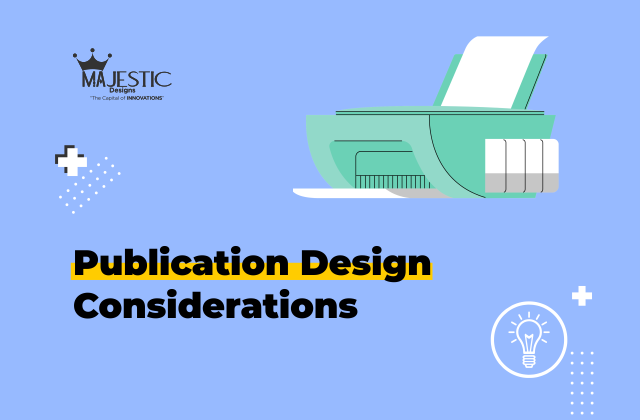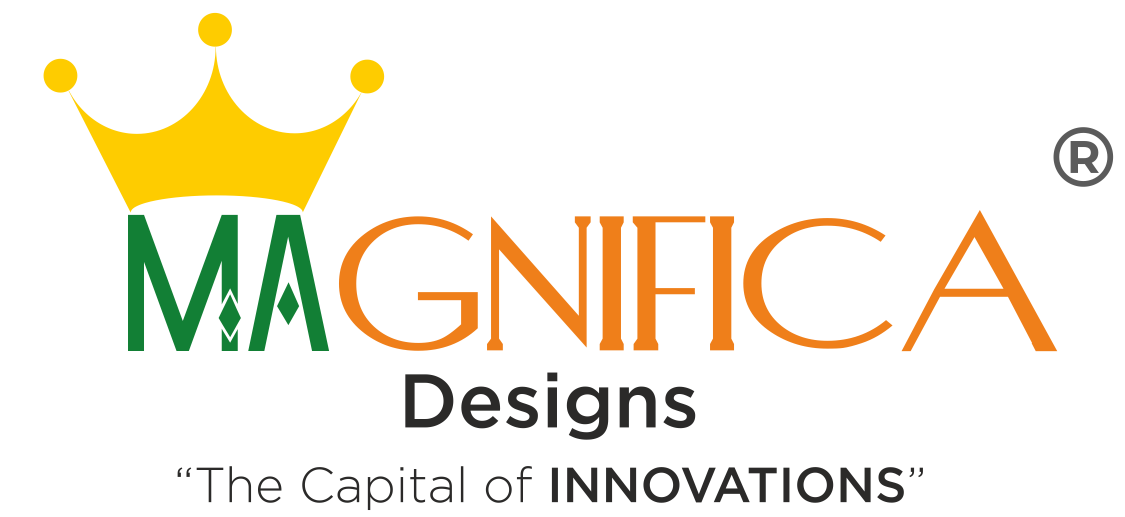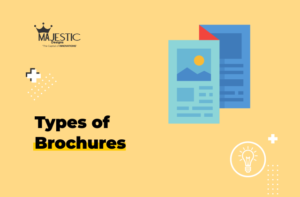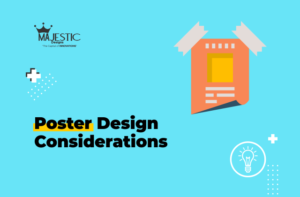A publication’s primary functions are to entertain, educate, or present reference material in a logical and easy-to-use format. Therefore, it is essential that the design does not inhibit the reader’s comprehension of the material. Although some publications stray from basic rules of typography and layout, it is best to follow traditional design conventions unless the client requests otherwise.
Clean and consistent layouts with a logical flow from page to page can be achieved through the use of a well-structured grid. By devising visual systems for specific types of information such as captions, chapter openers, and sidebars, readers will be able to navigate the piece with ease. It is also important to remember that large amounts of text tend to fatigue the eyes; therefore ample “white” or negative space, proportional column width, and appropriate leading for the type size are important things to keep in mind. All publications, from novels and annual reports to user manuals and magazines, have a different audience and a different function, so each requires a unique design solution. Depending on the amount of information and the target audience, the designer must create a format that will engage the audience and deliver content in an appropriate and well thought-out manner.

Publication Design Considerations:
Type size should be appropriate for the audience. For a general audience, font sizes should be no less than 9 points in large bodies of text, but elderly people tend to have weaker eyesight and require 12- or 13-point text. Children that are learning to read also require large print to help them decipher individual letters and sounds.
Books or publications must be easily navigable. To help readers find and comprehend the information they need, use sections or chapters to organize content. A complete table of contents and an index for complex works will clarify the structure and increase the overall effectiveness of the piece. Never underestimate the value of folios (page numbers). They are essential and should be easy to locate on the page.
Shelf presence:
Dust jackets and covers not only provide protection for a book, they advertise the content. Most of the time, only the spines of books are visible. Incorporating vibrant color or graphics helps the piece stand out from others on a bookstore or library shelf. Make sure the name of the piece is clearly legible and readable from a distance.
Binding Techniques
Depending on the amount of text and the width of a final publication, the designer will need to decide what type of binding to use. Some options are as follows:
Case Binding
A durable but expensive solution for longer publications
Perfect Binding
A moderately durable choice for longer publications that is less expensive than case binding
Saddle Stitch
A fast and low-cost solution for shorter publications such as magazines
Side Stitch
A fast and low-cost solution with a variety of sizing options. More durable that than saddle stitch
Screw and Post
A fast and low-cost solution with the benefit of being able to add or remove pages after binding
Tape
A moderately durable and less-expensive solution than case binding but does not allow for a printed spine
Plastic Comb
A good solution for small runs that do not require high durability. Allows pages to be added and removed after binding
Spiral
A moderately durable and moderately priced solution that can accommodate various types of printed papers or substrates bound into the same publication
Ring
A low-cost option that allows for hand assembly and continual modification of the contents



